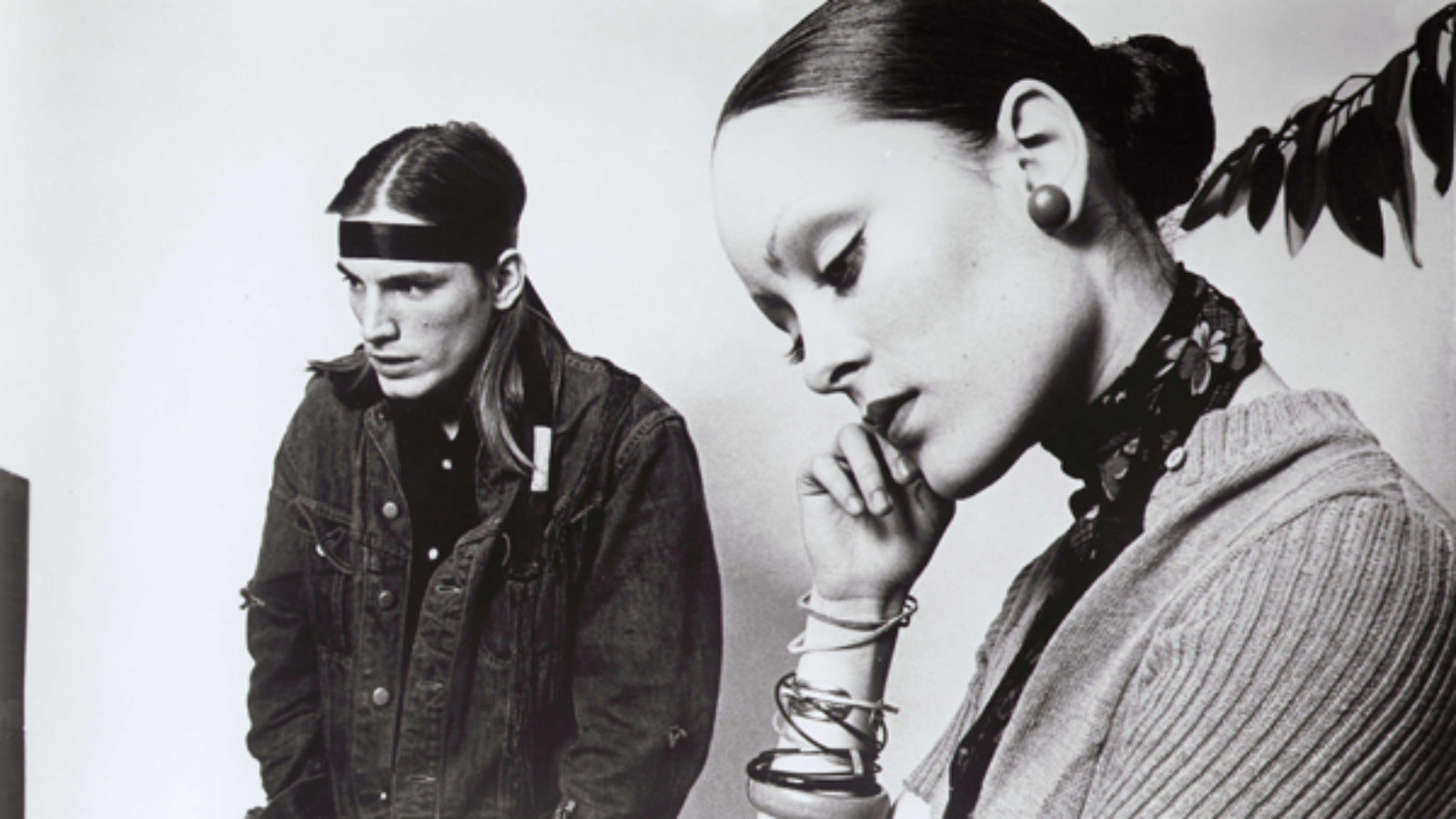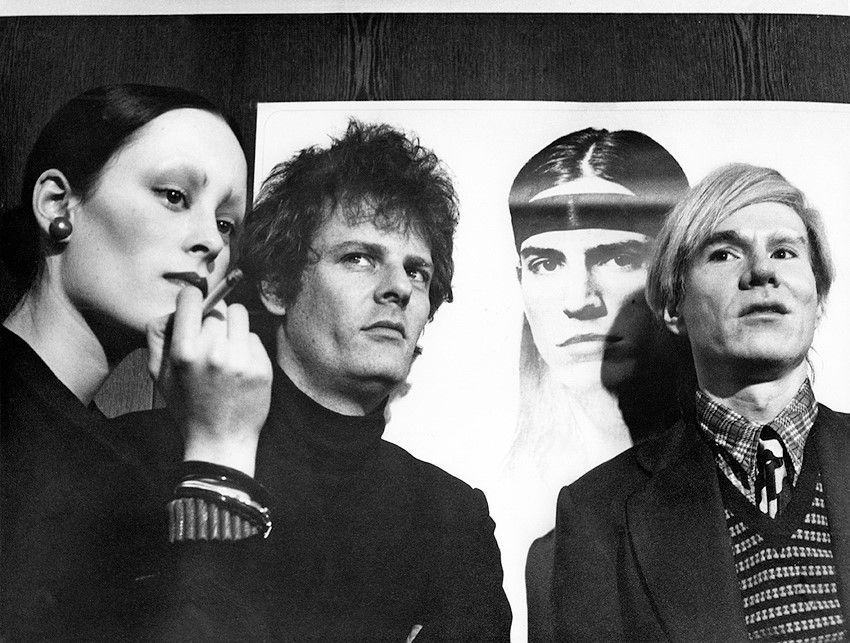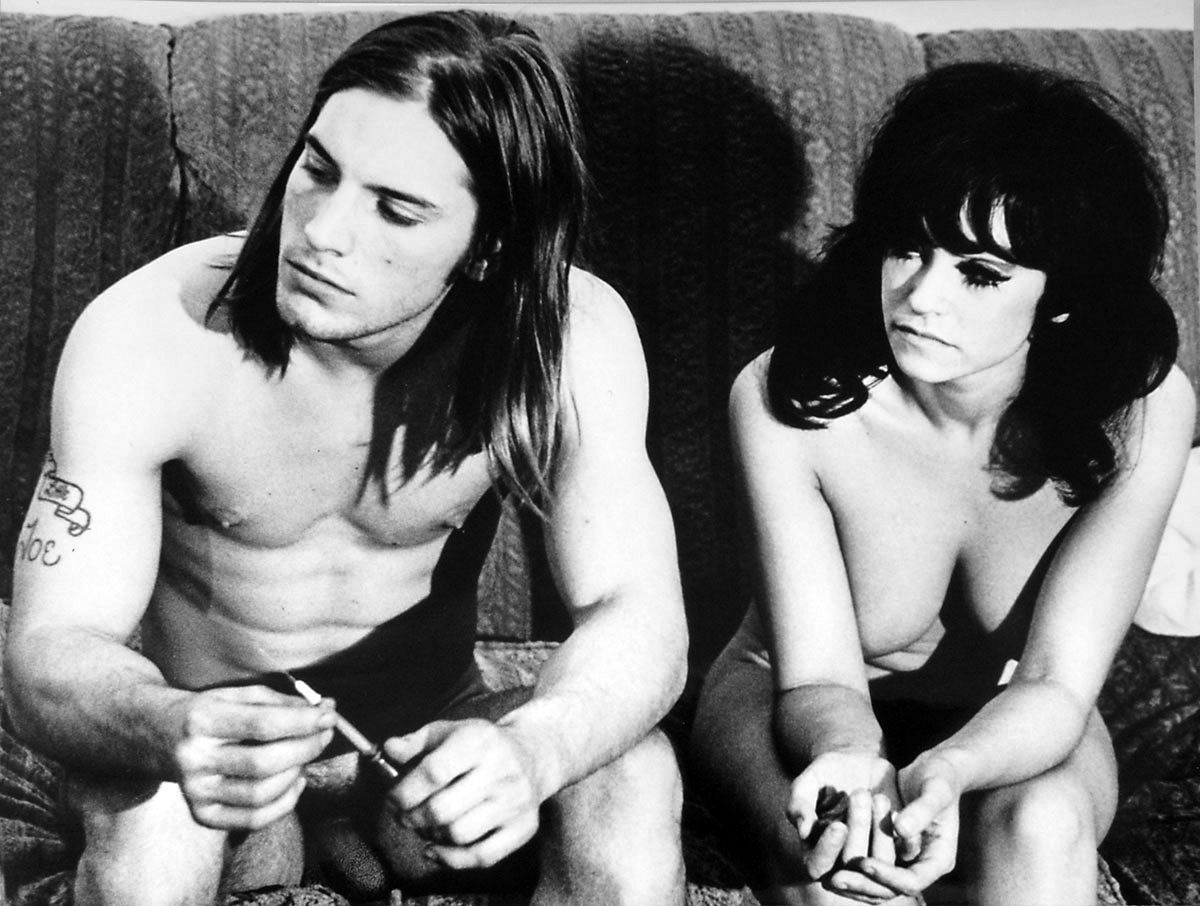While most of the films written and directed by Paul Morrissey are credited to Andy Warhol, it was Morrissey’s conflict between image and message that gave the films their edge.

Andy Warhol was a great gatherer of people. Aspiring actresses, poets, artists and writers flocked around him and at his studio, The Factory, either desperate for fame or bored and looking for fun. Eventually, his interest turned from print making to film, a natural extension of his artistic vision. His group were all given their 15 minutes of fame in poorly-recorded, single-shot films now lost, forgotten or re-visited as a history lesson. Some, however, have survived and have aged well. These tend to be his longer, more professional productions as opposed to short films like Kitchen or Poor Little Rich Girl. By Warhol’s side for these more professional productions was a man not many Warhol fans give credit, Paul Morrissey.
Paul Morrissey, an Irish man and U.S Army veteran, served first as an assistant director to Warhol in his early films. However, by 1968, Warhol decided to take a step back from hands-on filmmaking, and it was Morrissey who pushed the productions towards a narrative based format for release in mainstream cinemas.
The films, however, belie their strong irony. Many of Warhol and Morrissey’s collaborations are extremely explicit in nature, and feature both drug-use and intimacy as well as graphic nudity. They were also some of the first films to feature transsexual women, with actresses like Candy Darling and Holly Woodlawn rising to fame. However, Morrissey, a devout Catholic and self described right-winger and conservative, seemed at odds with his subjects. What seem at first glorifications of New York subculture are actually ironic displays of its ludicrousness. The debauchery of leading man Joe Dallesandro is glamorised, but for the purpose of illustrating his lack of morals. However, Paul Morrissey’s intention is sometimes unclear in the films, a fault he still feels bitter about.

Morrissey comes across as an angry, hilarious old man in interviews. It’s understandable, seeing as the films he shot, wrote, directed and worked so hard on are credited to Andy Warhol. Morrissey has made it clear Warhol only produced films such as Flesh, Trash and Heat, putting up the money needed and apparently doing some camera work. In an interview published on Hidden Films, Morrissey lashes out at the interviewer for crediting the films to Warhol, declaiming, “Don’t say “Warhol films” when you talk about my films! Are you so stupid, you talk to people like that? I have to live through this for fifty years. Everything I did, it’s Warhol this, or he did them with me. Forget it.” Evidently, Morrissey’s legacy is complicated.
More important, however, than the character of Morrissey or his involvement with Warhol, are the films themselves. Morrissey had an extremely unique, avant-garde and realistic way of creating stories. Coupled with statuary camera work and minimal direction in favour of naturalistic dialogue, his storytelling translated a time of revolution and struggle onto the screen like no other director did. The most famous of his films all starred one of Warhol’s ‘Superstars’, Joe Dallesandro, and were called Flesh, Trash and Heat.
The first of these, Flesh, was released in 1968, just after Warhol’s attempted murder. In the film, Joe plays a male prostitute living in New York. There is no real solid action or cohesive narrative other than the daily life of Joe. He is kicked out of apartments, hustles on the streets of New York, smokes, sleeps and talks with clients. It is this intense normalcy, though, that makes the work brilliant. It was Warhol’s rebuke at Midnight Cowboy for poaching many of his actresses, but Morrissey’s artistic vision turned it into a melancholy, uncomfortable watch that, when we study it from his perspective, serves as a warning. The film, as all of Morrissey’s, is totally un-glamorous. He didn’t want to glamorise the life of a prostitute, he wanted to highlight the sad existence it can entail.
Trash, released in 1970, focused in on drug use. With Dallesandro playing a heroin addict alongside fellow superstar Holly Woodlawn as his girlfriend and model Jane Forth making her debut, Trash follows Flesh in a similar yet still fascinating style. Renowned film critic Roger Ebert wrote that Trash was, “aware of its own ludicrousness. The humor grows out of the incongruity of the actors, the situation, the movie, the audience. Trash passes right through pornography and emerges on the other side.” Morrissey would be pleased with this review, as his intention is driven home in Trash through lengthy scenes of dialogue and close-up, unflinching displays of drug use. Joe passes out, begs, lies and moans throughout the film, and truly suffers from his addiction. Again, Morrissey is using something to make fun of the very thing itself, without exaggeration.
However, it is important to note that Morrissey was not ‘making fun’ of his subjects, only their behaviour. He was loyal to actors he loved, and did much to promote the use of marginalised groups in film. As he himself says of the lives of his subjects,”I wasn’t horrified by it, I thought it was idiotic and funny, OK? It was silly. The people doing it were ridiculous, and in my movies they’re likeable and foolish and entertaining.” He disagreed wholeheartedly with what he filmed, and was on the complete opposite end in his own personal life. His films, however, are bridges built between different people and different sects of society.

The last film in what can be considered the big three of the collaboration between Warhol, Morrissey and Dallesandro was 1972’s Heat. A parody of Sunset Boulevard and of Hollywood in general, the film is perhaps the most polished production of the three. Joe plays a former child star who is forced into prostitution to support himself, and ends up in a complicated love triangle with his landlady and her daughter. Set in more lush surroundings, the film still has Morrissey’s trademark bleakness and brutality, presenting the truth of Hollywood and of failed dreams.
Warhol and Morrissey might seem completely at odds to most. Warhol was a promotor of new art and new ideas, while Morrissey loved the films of the 20’s and 30’s, and believed in censorship and purity. Both were practicing Catholics, but where Warhol was openly gay and a friend to many LGBT people, Morrissey was right-wing and conservative. This tension though, coupled with Warhol’s connections and Morrissey’s strive and ambition, created some truly brilliant films, unparalleled in their honest presentation of life.
Subscribe to FIB’s Weekly Alchemy Report for your weekly dose of music, fashion and pop culture news!







